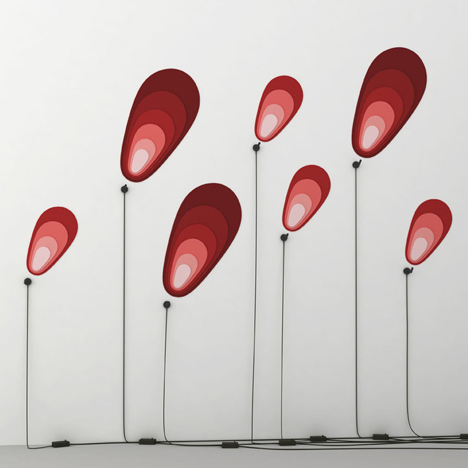
Shading by Robert Stadler at Carpenters Workshop Gallery
London Design Festival 2011: Austrian designer Robert Stadler presents new work at Carpenters Workshop Gallery in London.
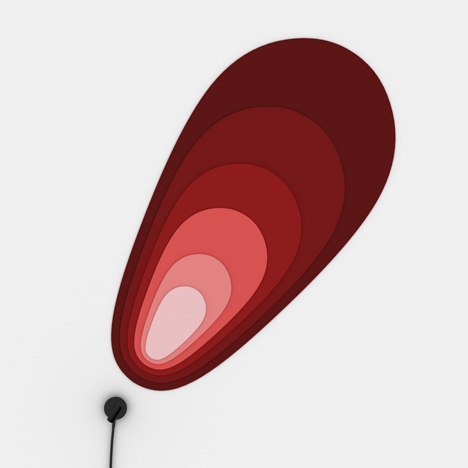
Called Shading, the collection includes Lightspot (above), with plates of aluminium in graduated colours framing the light thrown on a wall.
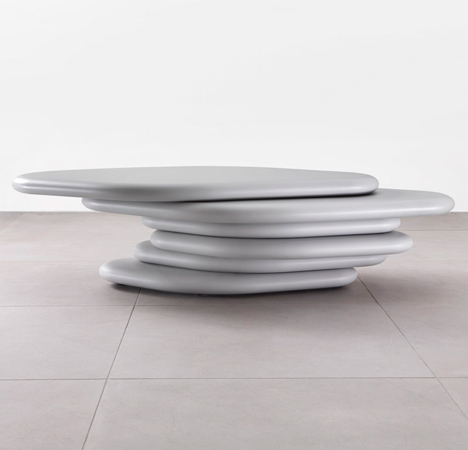
The slabs of Possible Low Table #2 are stacked in a staggered formation and Stadler also presents new pieces in his Royèroid series that we featured last summer.
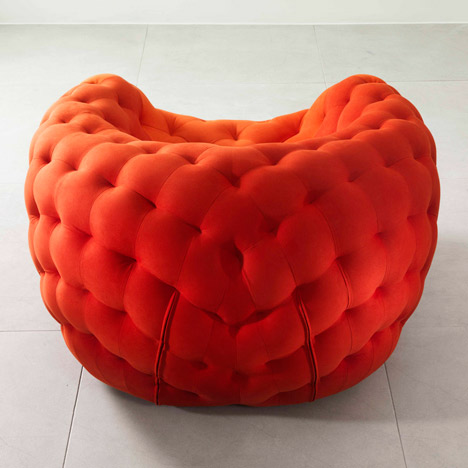
Shading is on show at 3 Albemarle Street, London W1S 4HE until 12 November.
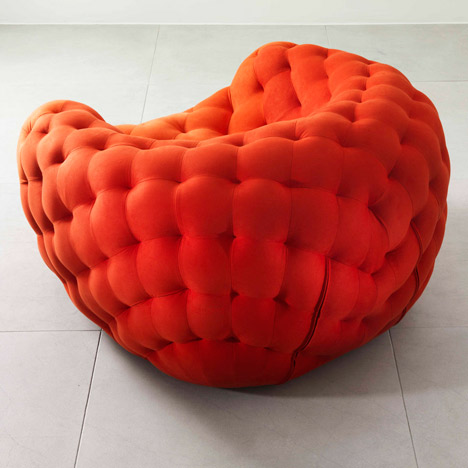
See all our stories about Robert Stadler here and all our stories about Carpenters Workshop Gallery here.
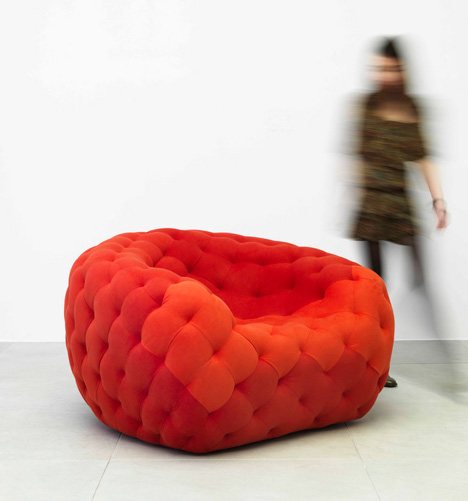
The gallery will present new work by Nendo next month - see our story about it here.
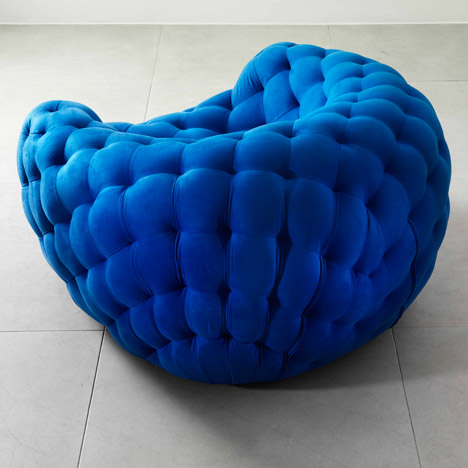
The information below is from Carpenters Workshop Gallery:
Robert Stadler returns for his second solo show at Carpenters Workshop Gallery, exploring the notion of ‘Shading’ throughout the featured artworks created for this occasion. Stadler continues to challenge the viewer to question the established ideals of traditional design, by paying homage to Jean Royere, and by examining the possibility that lies between the perception of the artifact and its conceptual interpretation through his innovative collections.
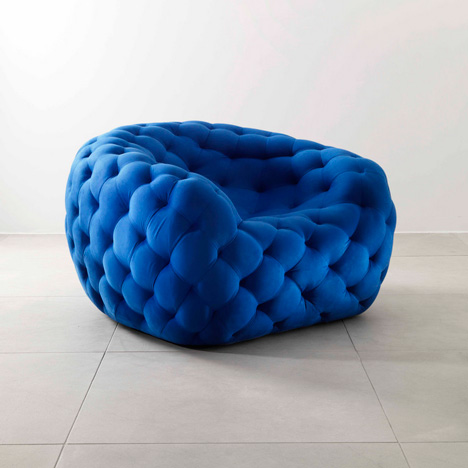
The Royèroid series reflects reverence to Jean Royère’s classic furniture design “Ours Polaire”. In his “Ours Polaire” series Royère sought to unify the various elements of a seat in order to form an abstract whole. This method has produced furniture with a sculptural quality. In creating the Royèroid series, Stadler continues on Royere’s ‘quest for abstraction’ up to a point in which the object turns monolithical, appearing as if it was a three-dimensional computer mesh, whilst maintaining an entirely handmade creation.
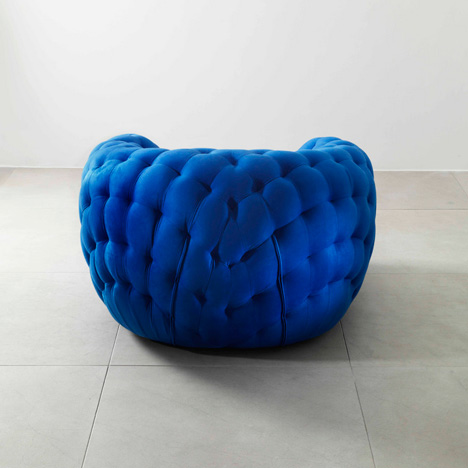
The technically complex work utilizes a combination of traditional artisanal furniture craftsmanship with cutting edge technology. The result is a striking reinterpretation on Royere’s classic design. When comparing both series we find a shared taste for the use of materials, as well as a strong emphasis on traditional craftsmanship. Yet in Royèroid unattended colour associations produce a new perception of the re-interpreted shape. In this case the shading process is metaphorical.
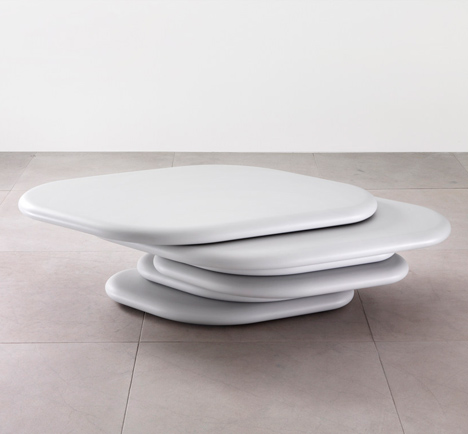
In the artists’ words: “The details of the whole are flattened as if a skin had been stretched around the previously separate elements. Diamond-shaped areas in different colours correspond to the front armrests and the seat cushion of the original. They appear as ghostly reflections of areas which, in Royère, required seams or the creation of separate elements. The fabric used for the ‘Royèroids’ has also been selected with reference to the ‘Ours Polaire’ series for which Royère used a hairy and very soft textile. It is much more flush than the original, with a suede-like touch which has the same magnetic attraction on its user.”
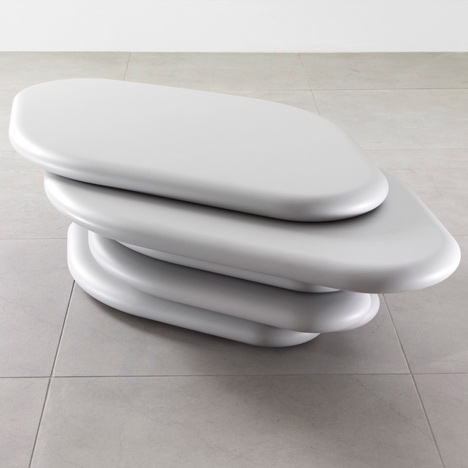
When looking at Lightspot, the varying shades of light projected outwards seem to materialize, shaping into superimposed layers of aluminium plates attached to the wall. The colour gradation of the plates diffuses in the same way as the light does when hitting the wall, thus granting the piece with a three dimensional effect.
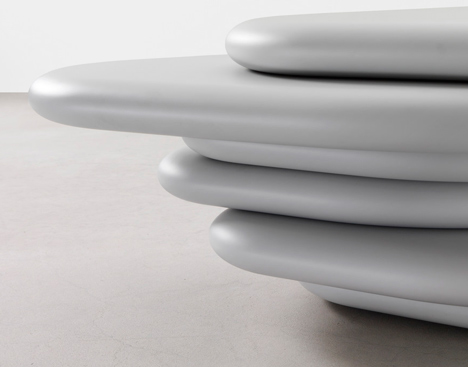 
Stadler pushes the boundaries of design further in Possible Low Table #2 by exploring the perception of balanced versus unbalanced in both nature and objects. In this way new forms are created. The table achieves balance through the strategic placement of staggered pieces, thereby questions the designer’s role of producing the perfect object. At first glance the piece of furniture appears to be an unlikely pile of random pieces, but on closer examination it is precisely designed considering correct stability and ergonomic use. It seems as if the table has been solidified while going through its shaping process in order to form a possible whole. Each piece is perfectly placed and carefully considered. Every layer can be seen as the shadow of the one above, and when looking at it from different perspectives the object takes on a new shape.
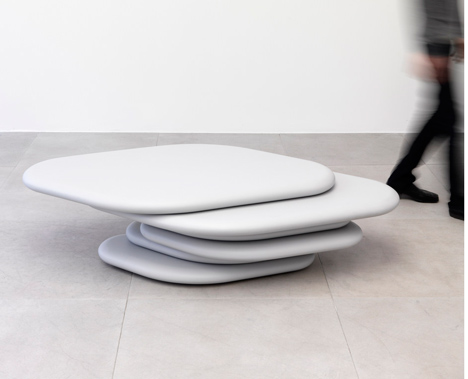
“I enjoy revealing the strange sides to an object and making people love them. We easily reject the bizarre as it seems established that functional objects should be simple, self-explanatory, attractive etc. So I try to add a different dimension to my works, but without neglecting these rational parameters.” – Robert Stadler
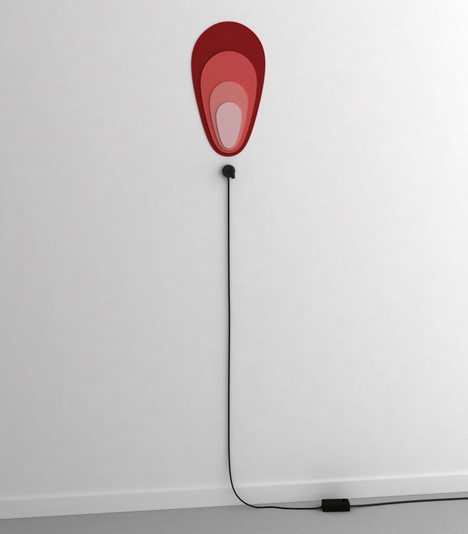
Shading
12 September - 12 November
3 Albemarle Street,
London W1S 4HE